Brunello di Montalcino, Toscana's red treasure
Exploring the rich heritage and unique flavors of Brunello di Montalcino DOCG, a journey through Tuscany's wine culture
2023-11-17
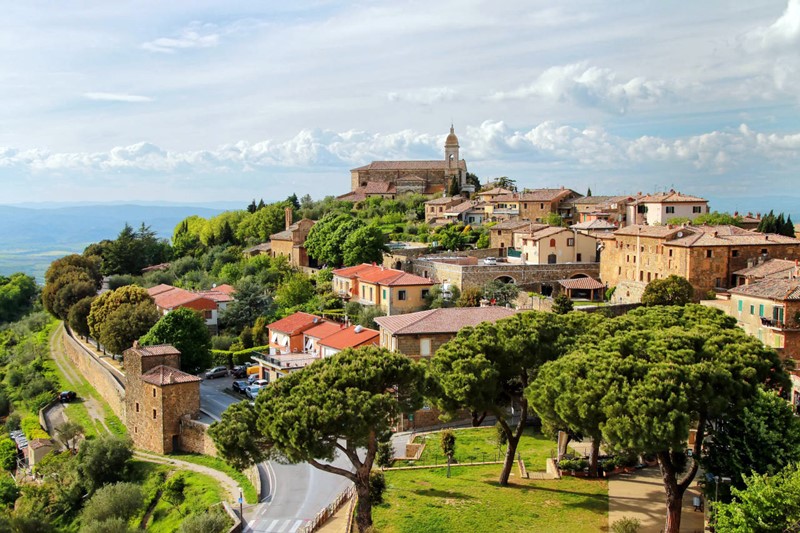
In the heart of Italy's renowned wine region of Tuscany lies the province of Siena, home to the small yet historically rich city of Montalcino. This area, bounded by the rivers Ombrone, Asso, and Orcia, is not just a scenic wonder but also the birthplace of one of the world's most esteemed red wines: Brunello di Montalcino DOCG.
Montalcino, a city brimming with art, boasts a splendid medieval structure alongside its Etruscan-Roman origins. This small town is not just a haven for art enthusiasts but also a significant site for wine connoisseurs. The region's history is deeply intertwined with viticulture, primarily due to its favorable morphological, geological, and climatic conditions, which create an ideal environment for vine cultivation.
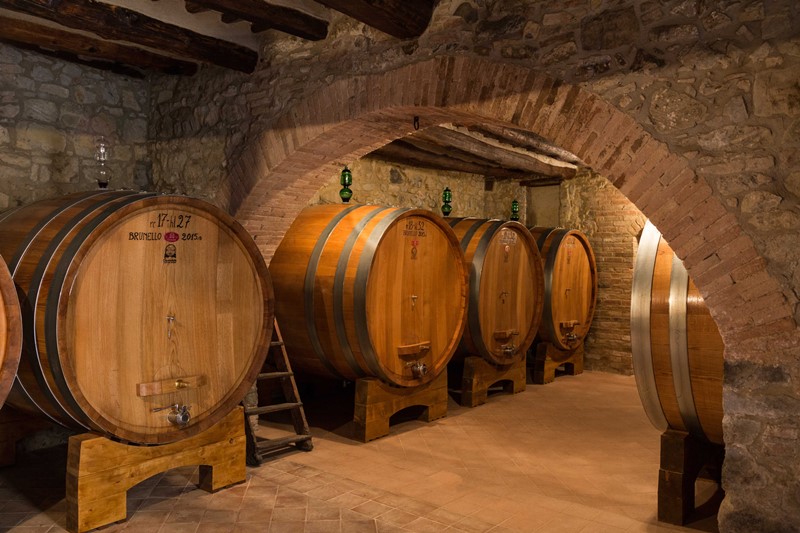
The Evolution of Montalcino's Wine Culture
Interestingly, Montalcino's viticultural history was not always synonymous with Brunello. Prior to the late 19th century, the area was recognized for its white grapes, particularly the Moscadelletto, which was primarily enjoyed by women. The Moscadello di Montalcino, a highly aromatic and elegant wine, is now produced in limited quantities, with only 13 wineries continuing this traditional craft.
From ancient times, this wine has been celebrated by writers, courts, and scholars. In the Middle Ages, Moscadello was mentioned in recipes as an energizing and strengthening tonic. By the 14th century, widespread consumption and trade of this wine, especially in Rome, were well-documented.
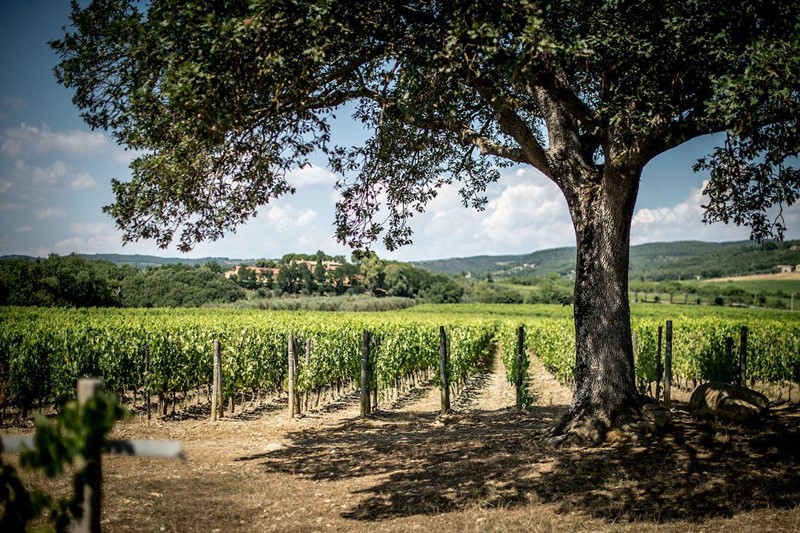
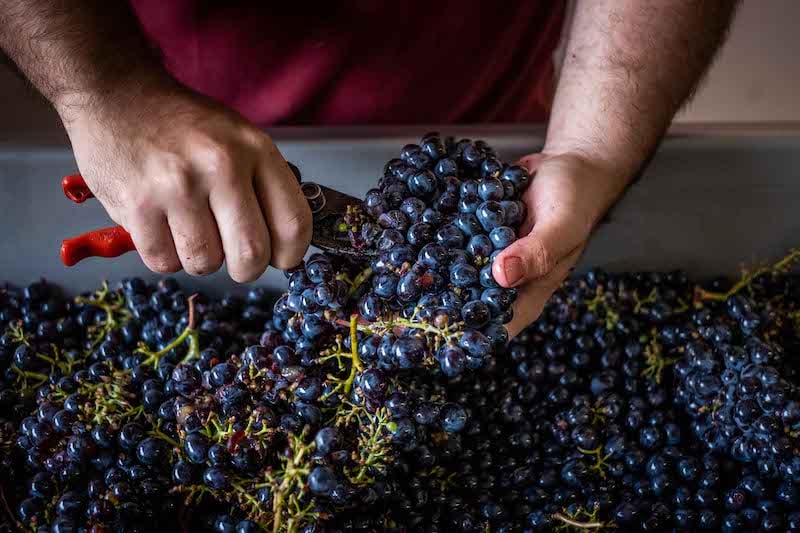
The 19th century saw Moscadello becoming a cult favorite, admired and celebrated by major poets. However, the mid-19th century brought devastation to Montalcino's vineyards with the outbreak of a mysterious "white disease," followed by other ailments, including the infamous phylloxera in 1888. By 1903-04, Montalcino was declared an infected territory, leading to the decline of Moscadello and the rise of the Sangiovese grape, which laid the foundation for the now-famous Brunello di Montalcino.
Ferruccio Biondi Santi, in the late 19th century, planted the first vineyard of Sangiovese, marking the beginning of Brunello's legacy. Since then, Brunello di Montalcino has captivated wine lovers worldwide, becoming a symbol of Italian wine excellence.
The Distinct Profile of Brunello di Montalcino DOCG
Brunello di Montalcino is celebrated for its vibrant garnet color and intense aroma, characterized by notes of wild berries, chocolate, coffee, wood, and hints of vanilla. This wine matures gracefully, reaching its peak between 10 to 30 years, and can be preserved even longer. As it ages, it develops a complex bouquet, with fragrances of oak wood, spices, leather, tobacco leaves, and aromas of sage, eucalyptus, black pepper, vanilla, licorice, coffee, and dark chocolate. It also features captivating floral scents like violet, geranium, rose, and fruity notes of ripe cherry and forest fruits.
To fully appreciate its bouquet and flavor, Brunello di Montalcino should be served at approximately 18°C.
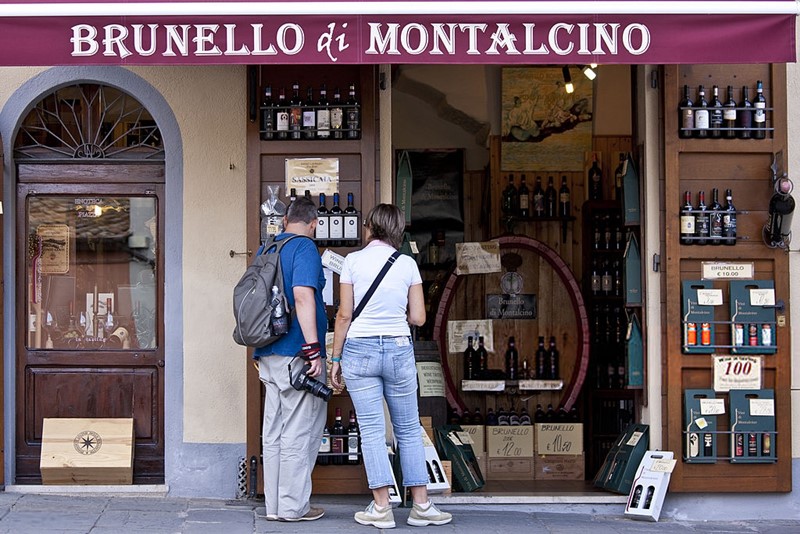
Pairing Brunello di Montalcino with Food
Brunello di Montalcino is an excellent companion to umami-rich foods. The more concentrated and complex wines, derived from riper grapes, tend to have a higher umami content. This wine pairs exceptionally well with red meats and game, including typical Tuscan dishes like wild boar, showcasing its versatility and enhancing the dining experience.

As Brunello di Montalcino continues to seduce wine enthusiasts around the globe, it stands as a testament to the rich viticultural heritage of Montalcino, a small city with a grand legacy in the world of wine.
Founded in 2007, Vinetur® is a registered trademark of VGSC S.L. with a long history in the wine industry.
VGSC, S.L. with VAT number B70255591 is a spanish company legally registered in the Commercial Register of the city of Santiago de Compostela, with registration number: Bulletin 181, Reference 356049 in Volume 13, Page 107, Section 6, Sheet 45028, Entry 2.
Email: [email protected]
Headquarters and offices located in Vilagarcia de Arousa, Spain.